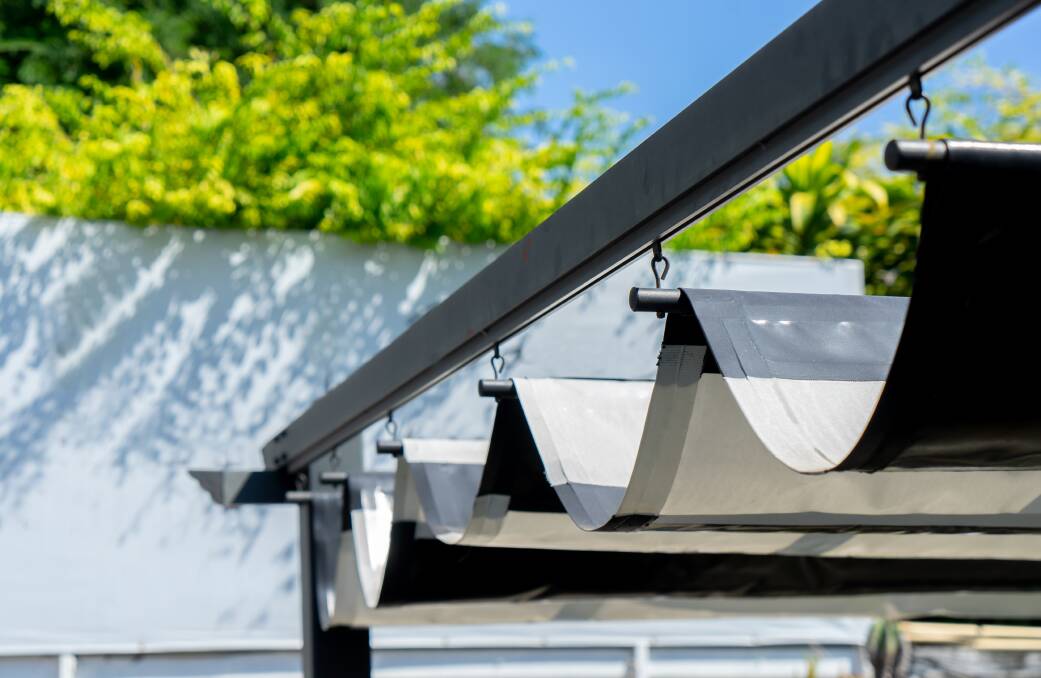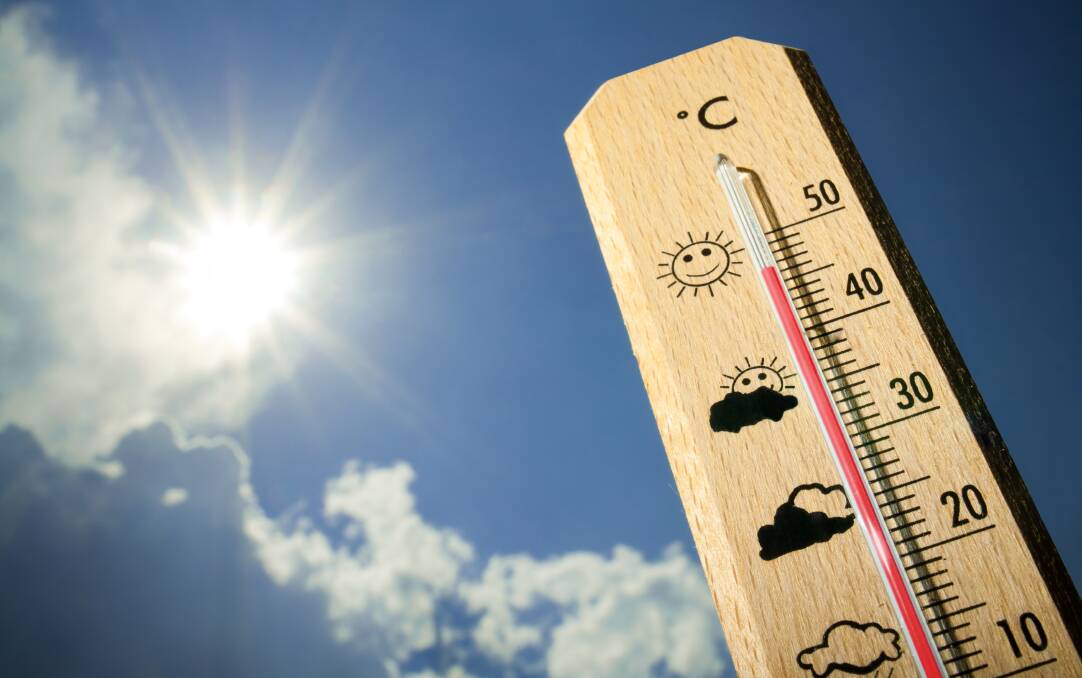The benefits of installing shade structures in agricultural areas

This is branded content.
Climates all over the globe have never been this volatile. Now, farmers always find themselves battling with extreme weather, shifting rainfall patterns and mounting heat stress. Such unpredictable conditions leave vulnerable yields and even plant performance. Urgently exploring sustainable solutions for moderating growing environments is, thus, vital to resilience.
One potent answer to these problems? Customised shade structures. First and foremost, they allow farmers to take crop protection into their own hands by enabling desired light, temperature and humidity levels, all while minimising external pressures. Thoughtful shading shows promise for strengthening vulnerable crops and harnessing higher productivity.
This article shares emerging insights on how custom shade structures could benefit agricultural operations seeking stability. Read on.
Benefits of shade structures for crop production
1 Improved plant growth and yield
Shade structures help create optimal growing conditions, protecting crops from temperature extremes. Custom shade structures, such as those from Brisbane Shade and Sails, may lower maximum temperatures in indoor and outdoor plots, preventing heat damage during hot spells. Cooling effects depend on the material and density of shade cloths, with some types capable of blocking up to 60% of sunlight.
In one recent trial, tomato crops grown under shade cloth structures sustained harvests up to six weeks longer than typical in a sub-tropical climate. Strategically diffused light has been shown to enhance photosynthetic activity as well, accelerating plant development. While exact percentage yield improvements differ across crops and regions, initial findings around peppers and other crops remain grounds for optimism when providing them around 30% shade level.
Apart from boosting productivity, filtered light also promotes premium quality in shade-loving crops by maintaining optimal temperature and humidity levels during growth. Consistently achieving higher-grade produce could allow farmers to secure better prices - a value-add for those investing to control light exposure.
2 Reduced water usage
Shade structure lessens evapotranspiration, which leads to better water retention in soil. Well-designed shades regulate light levels to reduce plant water loss while maintaining growth. Conserving soil moisture preserves limited groundwater reserves for future seasons, benefiting the wider environment.
Lower irrigation requirements also positively impact farmers' bottom lines and may aid in seasonal plumbing maintenance. With less water usage for the same crop area, cost savings on water can be redirected to other investments. Water efficiency improves farm profitability and demonstrates environmental stewardship to discerning buyers. For shade structure owners, the water conservation aspect offers excellent and lasting return on investment.
3 Enhanced crop resilience
Select shade materials to screen out intense sunlight and buffer crops against recurrent weather shocks like hail, floods or turbulent rain. They also curb wind-whipping that damages tender fruit and vegetable crops. Controlled growing conditions boost plant vigour and prevent combined biotic-abiotic stress. Minimising unpredictable losses delivers profitable sustainability.

Additional benefits for farmers and agriculture
1 Improved working conditions
Other than the benefits to crops, the cooling effect of shades makes outdoor work more bearable amid rising temperatures. Better working conditions also limit employee turnover.
Preventing dangerous heat exposure improves worker health and safety. Agricultural workers consistently staying under the sun are more likely to experience symptoms of heat strain and reduce their vigilance on the job by up to 67 per cent. Safeguarding rural workforces strengthens farming communities.
2 Potential energy savings
In permanent facilities like greenhouses, shade structures can substantially reduce cooling costs alongside supplementary ventilation systems. Studies show the potential energy savings gained, using at least only 70.5 kWh per day, by optimising greenhouse cover materials. Such eco-friendly passive cooling and reduced heating consumption are doubly impactful in the face of rising energy prices and sustainability awareness among consumers.
3 Economic sustainability
Yes, installing shade systems requires a capital outlay. However, farmers enjoy payback within two to four years because of increased yields and input savings. Enhanced production of high-value crops like berries quickens the return.
Lower operating expenses under shade from inputs like water and pesticides also pad margins. Such reliable profits sustain family farms facing erratic conditions and commodity price swings.
Shades provide security for landholders managing inherited plots. The improved growing environment inspires the younger generation's continued farming involvement, too. Protecting these rural legacies is invaluable in a society that still benefits from agricultural production.
Considerations when installing shade structures
A critical consideration in installing shade structures in agricultural areas is tailoring shade specifications like height, density and angle to suit different crops. For instance, while some crops like berries benefit up to 30% more from reduced solar radiation, the response of the likes of corn to shading can vary based on specific growing conditions. That means the type of crop also plays a role in your choice for shade structure.
Conclusion
There's no denying shade structures can be highly effective tools against rising temperatures and weather uncertainty, what with the numerous benefits of shading for plant growth, farm economics and environmental sustainability. This makes a compelling case for widespread adoption, doesn't it?
Taking into account the aid of supportive policies that include subsidies and loans, shades can benefit smallholders and agribusinesses alike. It's the opportune time for farmers to be on the hunt for and leverage customised shade solutions that boost productivity and insulate operations from climate shocks. The awesome result? Long-term profitability amidst all the unpredictability.
With the future of agriculture at stake, strategic shading deserves serious consideration.


